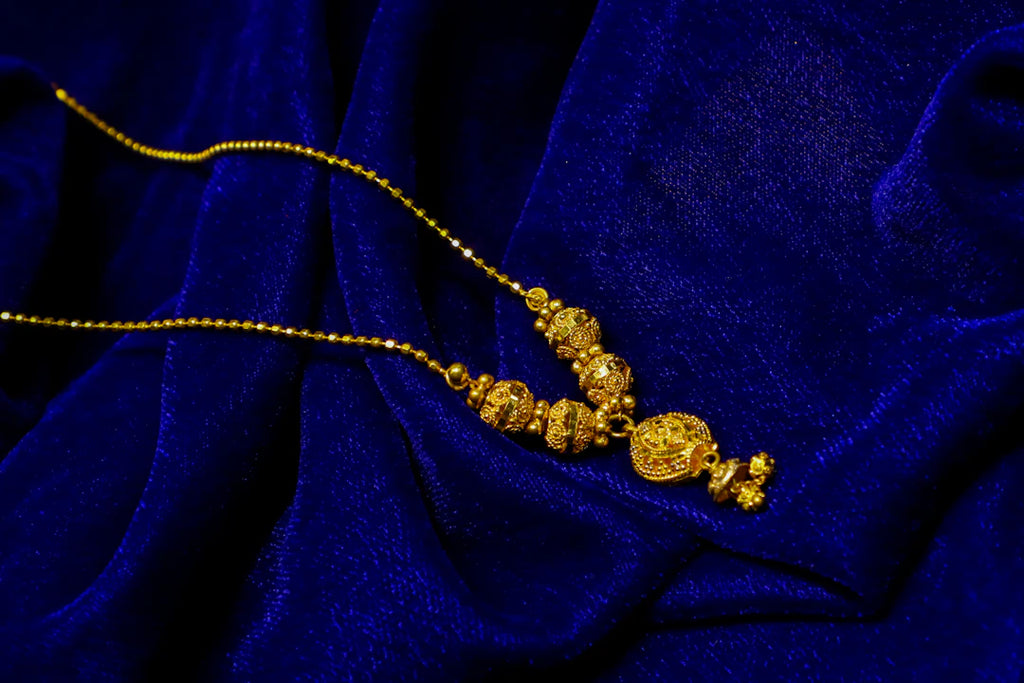The Art of Jewelry Design: Creating Gold & Silver Masterpieces

Overview
This blog explores the essentials of jewelry design, including inspiration sources, material selection, techniques like casting and stone setting, and the importance of sustainability. It highlights marketing strategies for designers and the impact of technology on the industry, emphasizing the blend of creativity and craftsmanship in creating memorable pieces.
Frequently Asked Questions
1. What are the essential components of jewelry design?
2. What role does material selection play in jewelry design?
3. What are some common techniques used in jewelry making?
4. How has sustainability impacted jewelry design?
5. What are effective marketing strategies for jewelry designers?
Jewelry design is not merely about crafting beautiful pieces; it is an intricate art form that combines creativity, skill, and a deep understanding of materials. In the world of fine jewelry, especially when it comes to precious metals such as gold and silver, every aspect of the design process counts. Whether it’s a delicate 14K yellow gold chain or an intricate silver bracelet, jewelry designers must master a variety of techniques to transform their visions into tangible artworks. In this blog post, we will delve deep into the art of jewelry design and explore the essential components that contribute to creating stunning gold and silver pieces.
Understanding Jewelry Design Basics
The first step in the jewelry design process is understanding the basics of composition, materials, and techniques. Jewelry design is a multi-dimensional craft that encapsulates ideas from sketching to the final polish of a piece. Here are some of the foundational elements of jewelry design:
1. Inspiration Sources
Every jewelry designer has a distinct source of inspiration. From natural landscapes to historical artifacts, and even personal stories, these influences provide the necessary spark for creative exploration. Taking inspiration from diverse cultures and traditions can lead to unique designs that resonate with a wide audience.
2. Sketching and Prototyping
Designers usually start with hand sketches or digital illustrations to visualize their ideas. Prototyping is the next stage, usually involving materials that are easier to manipulate than precious metals. This step allows designers to understand the proportions, balances, and practical aspects of their designs. Many designers create mock-ups in materials such as wax or resin before committing to gold or silver.
The Role of Material Selection
Material selection is crucial in the process of jewelry design. Different materials possess unique qualities, and choosing the right one can enhance the visual appeal and functionality of a piece. When it comes to gold and silver jewelry, the following factors are vital:
1. Purity of Metals
The purity of gold and silver is typically measured in karats (for gold) and in parts per thousand (for silver). For instance, 14K yellow gold chain contains approximately 58.3% gold, making it sturdy yet elegant. Understanding these specifications is vital for designers, as they affect the durability, tarnish resistance, and overall aesthetic of the final piece.
2. Choosing Between Gold and Silver
While both gold and silver offer unique design possibilities, they each come with their own set of pros and cons. Gold does not tarnish and is more hypoallergenic, while silver can develop a patina over time, giving it a vintage flip side. This decision ultimately depends on the intended aesthetic and the target demographic of the design.
Techniques and Methods of Jewelry Making
After selecting the materials, designers must master the techniques that will bring their creations to life. Here are some prominent methods used in gold and silver jewelry creation:
1. Casting
Casting is a popular technique where molten metal is poured into a mold and allowed to solidify. This method is highly efficient for creating intricate designs and can be used for both small-scale and mass production. Investment casting and lost-wax casting are two common methods that enable designers to preserve even the finest details in their creations.
2. Hand Fabrication
Hand fabrication involves working with metal sheets and wires to create jewelry pieces manually. This technique requires a range of tools and skills, enabling designers to bend, saw, and solder the material into shape. Although labor-intensive, hand fabrication allows for a high level of customization and artistic expression.
3. Stone Setting
A piece of jewelry is often distinguished by the gemstones it incorporates. Stone setting is a specialized skill that requires precision and attention to detail. There are various methods of stone setting, such as prong, bezel, and pave settings. A beautifully set stone can elevate an otherwise simple design to spectacular heights.
Polishing and Finishing Touches
Once the piece is shaped and stones are set, the final phases involve polishing and adding any additional finishes. These steps may include:
1. Polishing Techniques
Polishing is essential for giving jewelry its luster. This process can involve various tools, including abrasives and polishing compounds, to ensure a smooth, shiny surface. The level of polish can affect the overall perception of quality and can change the appearance of both gold and silver.
2. Applying Texture
Textures can add depth and interest to jewelry pieces. Techniques like hammering, etching, and engraving can create beautiful effects that catch the eye. A textured surface can enhance the tactile experience of wearing jewelry and also reflect light in unique ways.
Sustainability in Jewelry Design
In recent years, sustainability has become a significant consideration in jewelry design. As consumers become more conscious of their purchases, designers are adopting ethical practices. Here’s how:
1. Using Recycled Materials
Many jewelers are opting to use recycled metals and ethically sourced gemstones. This approach not only reduces waste but also helps minimize the environmental impact of mining for new materials. A 14K yellow gold chain created from recycled gold can appeal to eco-conscious consumers seeking sustainable options.
2. Fair Trade Practices
Designers are increasingly focusing on fair trade practices when sourcing materials. This ensures that artisans crafting gemstones and metals are paid fairly and work in safe conditions. By aligning with fair trade principles, jewelry creators can help foster social justice within the industry.
Marketing Your Jewelry Creations
The final stage of the jewelry design process involves marketing the pieces effectively. Here are several strategies that can help designers reach a wider audience:
1. Building a Strong Online Presence
In today's digital world, establishing an online presence is essential for marketers. This includes social media platforms, e-commerce sites, and personal websites that showcase the designs and their stories. Engaging content, such as behind-the-scenes videos or design process timelapses, can greatly increase interest.
2. Collaborating with Influencers
Influencer marketing can be an effective strategy to boost visibility. Collaborating with fashion influencers and bloggers who share the same target audience can help reach new customers and build credibility in the industry.
3. Attending Trade Shows and Craft Fairs
Participating in trade shows and craft fairs provides a platform for designers to showcase their work directly to potential customers. These events can also be an excellent opportunity to network with other designers, manufacturers, and retailers.
Embracing the Future of Jewelry Design
The jewelry industry is constantly evolving, with new trends and technologies emerging regularly. Staying current with these changes is critical for designers aiming to remain competitive. This includes:
1. Adopting Technology
Advancements such as 3D printing are revolutionizing the way jewelry is designed and manufactured. With 3D printing, intricate designs can be created with precision and replicated easily, allowing for greater creativity and shorter production times.
2. Following Fashion Trends
Staying attuned to fashion trends is essential for designers to stay relevant. This includes understanding color palettes, materials, and styles that resonate with the current consumer base. Adapting designs to incorporate popular trends can yield greater sales and customer engagement.
Crafting Your Jewelry Legacy
Creating memorable jewelry pieces is an intricate dance between art and craftsmanship. The process is filled with challenges; however, the satisfaction that comes from a beautifully designed piece of jewelry is immeasurable. Whether it is a 14K yellow gold chain or a piece adorned with stunning gemstones, the effort invested into each creation pays off not just in aesthetics but also in the emotional connections consumers develop with these handcrafted items. As you delve into the world of jewelry design, remember that every piece tells a story, and every design contributes to the rich tapestry of art that defines our culture. Embrace your journey as a designer, and let your creativity shine!
Linked Product

Hollow Figaro Chain in 14K Yellow Gold, 2.MM, 24"-GCH-08
The Hollow Figaro Chain in 14K Yellow Gold offers a refined design that complements a variety of styles, making it suitable for both everyday wear and special occasions. At 2.MM wide and 24 inches long, this chain strikes a balance between subtlety and statement, enhancing any jewelry collection. Its durable construction ensures it can withstand regular use while maintaining its elegant appearance.
View Product
Leave a comment